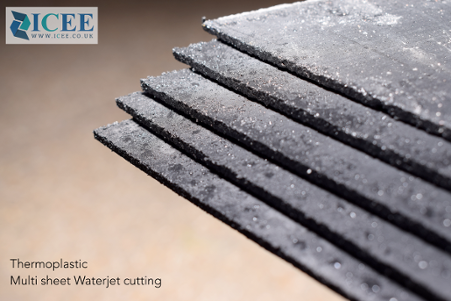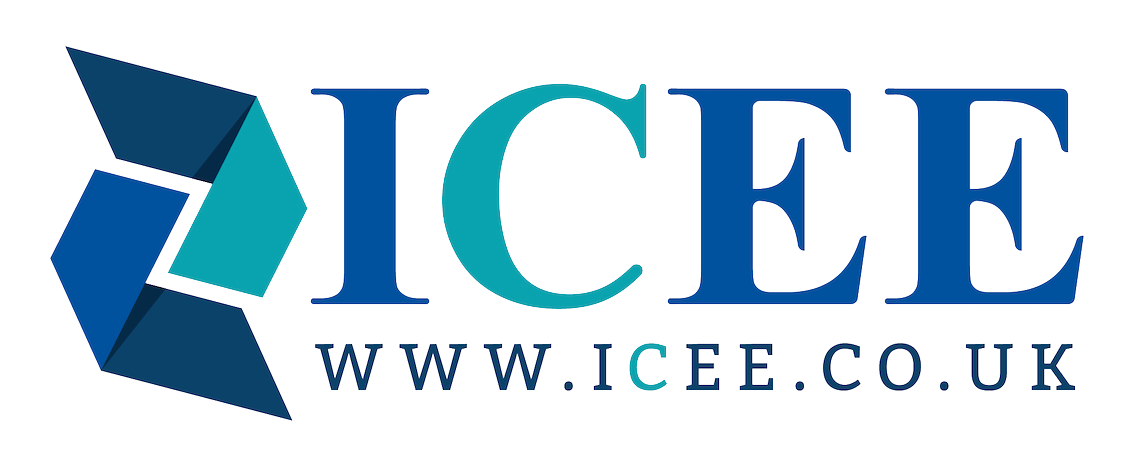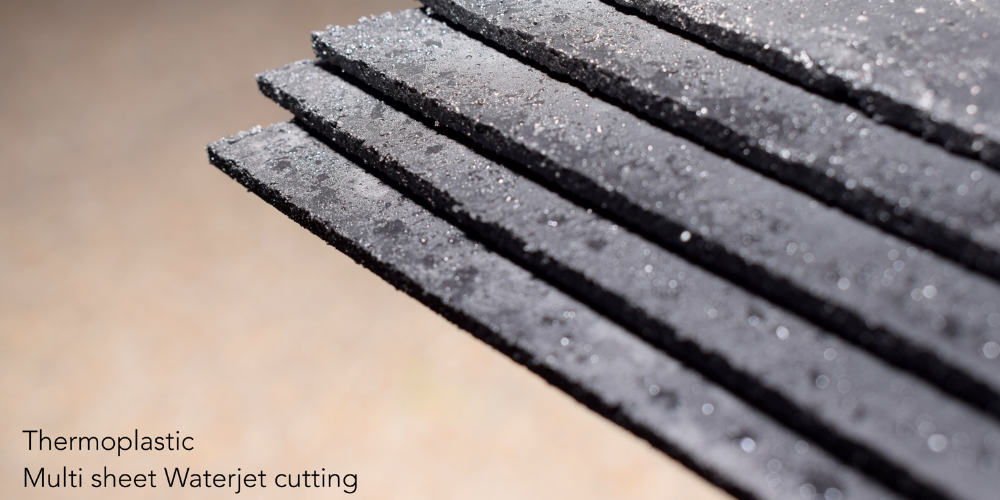A thermoplastic is a plastic material that becomes mouldable above a certain temperature and solidifies upon cooling.
Certain types of thermoplastic can be tricky to profile as they can crack when being cut, therefore, more care must be taken when working with this particular material. Waterjet cutting‘s ability to profile materials that are exteremely hard (as some thermoplastics) and the lack of Heat Affected Zone (HAZ) make the method extremely suitable for the job.
Fibre laser is a suitable cutting technique for profiling thermoplastic and quality edge finish is easily achievable, usually during a first cut. There is also limited waste due to a thin kerf and increased productivity due to eliminated steps in fabrication.
 However, if you were to decide your thermoplastic should be cut with laser, it is always recommended to obtain Material Safety Data Sheets to ensure that the material does not contain harmful chemicals that may be emitted during profiling. You should also bear in mind that while a number of thermoplastics, such as thermosets, high temperature materials, epoxies, phenolic resisns and most natural rubber products can’t be cut with laser, they can certainly be cut with a waterjet.
However, if you were to decide your thermoplastic should be cut with laser, it is always recommended to obtain Material Safety Data Sheets to ensure that the material does not contain harmful chemicals that may be emitted during profiling. You should also bear in mind that while a number of thermoplastics, such as thermosets, high temperature materials, epoxies, phenolic resisns and most natural rubber products can’t be cut with laser, they can certainly be cut with a waterjet.
What’s more, waterjet does not produce any heat during cutting, meaning, there will be no environmental impact and no harmful chemicals emitted during the process. It can even cut through Acetal Thermoplastic, and any other variations of hard thermoplastic, that are only possible to pierce when using water.
Therefore, the waterjet cutting method is not only safer, but also much more practical.
An example of thermoplastic multi sheet cut with a waterjet:
Thermoplastic multi sheet (3 mm per sheet):
- Quality cut
- Speed 2000 mm per min feed rate
- Piercing time – 1 second
- No abrasive pure water cutting
Find out everything you need to know about waterjet cutting with our hands-on and free to download: ‘An engineer’s guide to waterjet cutting‘ eBook.

